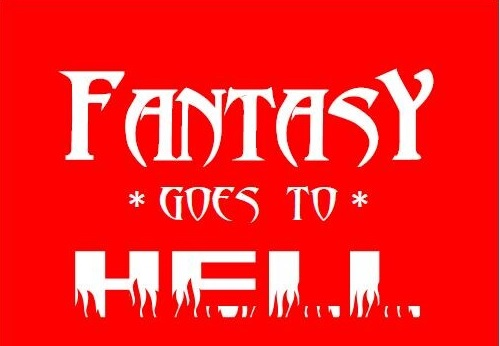Loading...
Event Website
https://www.mythsoc.org/oms/oms-2023.htm
Start Date
8-6-2023 6:30 PM
End Date
8-6-2023 7:20 PM
Description
In the Hellblazer and Sandman comic book universes, hell depends on the writer’s worldview and often on the decade in which they are writing, appearing as a twisted version of a dreary regular world. Thus, this hell is often related to the contemporary Western political and cultural landscape as seen through Judeo-Christian conceptions of hell, demonology, and fears of everlasting torment and damnation, just like Dante’s Inferno and many other representations for centuries. In creating a hell that mirrors the modern world and accounts for contemporary folklore about the supernatural, the creators humanize the character’s quests and reify the fruitlessness of their actions against societal and political forces. Guilt and personal action are often more important than God’s judgment as it changes character’s hierarchical positions and reinforces how the trials between characters parallel earthly political processes with protagonists that have motivations or abilities like the souls already in hell. For example, the comic book writer Jamie Delano comments on Thatcher’s England, where Hellblazer’s John Constantine encounters soul-brokering demons from Mammon Investments in a mundanely realistic London. In Sandman, Dream’s trips to hell deal with modernist devices, such as Dream’s Helm, which he must battle the demon Choronzon to regain, that appear as manifestations of science and magic. Damnation can be bartered upon and changed based on transactions that correspond with earthly capitalism and politics.
Creative Commons License

This work is licensed under a Creative Commons Attribution-NonCommercial-No Derivative Works 4.0 International License.
Included in
Children's and Young Adult Literature Commons, Comparative Literature Commons, Digital Humanities Commons, European Languages and Societies Commons, Literature in English, Anglophone outside British Isles and North America Commons, Literature in English, British Isles Commons, Literature in English, North America, Ethnic and Cultural Minority Commons, Medieval Studies Commons, Modern Languages Commons, Modern Literature Commons, Other English Language and Literature Commons
Political Demons: Society as Hell in Hellblazer and Sandman
In the Hellblazer and Sandman comic book universes, hell depends on the writer’s worldview and often on the decade in which they are writing, appearing as a twisted version of a dreary regular world. Thus, this hell is often related to the contemporary Western political and cultural landscape as seen through Judeo-Christian conceptions of hell, demonology, and fears of everlasting torment and damnation, just like Dante’s Inferno and many other representations for centuries. In creating a hell that mirrors the modern world and accounts for contemporary folklore about the supernatural, the creators humanize the character’s quests and reify the fruitlessness of their actions against societal and political forces. Guilt and personal action are often more important than God’s judgment as it changes character’s hierarchical positions and reinforces how the trials between characters parallel earthly political processes with protagonists that have motivations or abilities like the souls already in hell. For example, the comic book writer Jamie Delano comments on Thatcher’s England, where Hellblazer’s John Constantine encounters soul-brokering demons from Mammon Investments in a mundanely realistic London. In Sandman, Dream’s trips to hell deal with modernist devices, such as Dream’s Helm, which he must battle the demon Choronzon to regain, that appear as manifestations of science and magic. Damnation can be bartered upon and changed based on transactions that correspond with earthly capitalism and politics.



Comments
SESSION VII
6:30 PM—7:20 Eastern
5:30 PM—6:20 Central
4:30 PM—5:20 Mountain
3:30 PM—4:20 Pacific
10:30 PM—11:20 GMT